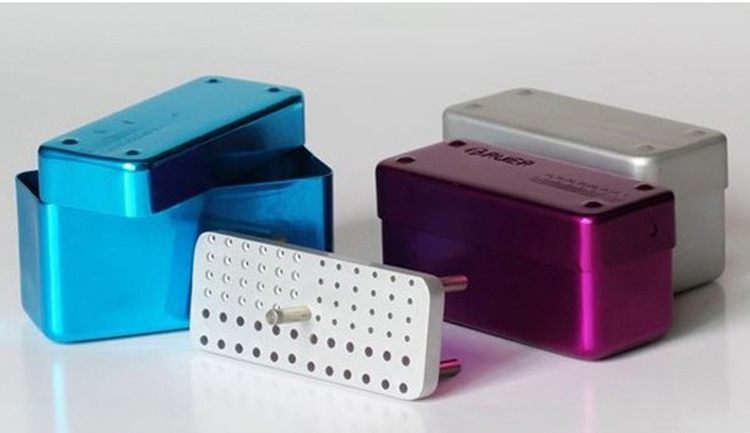1, post-harvest treatment
(1) Picking mushrooms. Boletus wild collected in the field sometimes mixed with bacteria, debris, carefully selected before processing, the classification of different types of boletus, processed separately, to ensure the integrity of processed products.
(2) Airing. Mushrooms harvested on rainy or cloudy days have a high moisture content and should be air-dried for 1-5 hours in a dry and ventilated place to reduce the moisture of the mushroom body. Boletus that cannot be processed in time after harvesting should also be aired in a ventilated area.
(3) Remove impurities. The stainless steel blade is used to scrape away dirt and impurities from the base of the stipe, remove debris such as branches, fallen leaves, and hairy grass, and improve the clarity of the product.
(4) Classification. According to the type of boletus, the size of the bacteria, and the degree of opening of the mushroom umbrella, the classification can be divided into young mushroom, half-opened mushroom, open mushroom and other categories, classification and processing.
2, slice
With a stainless steel blade along the direction of the stipe longitudinally cut into slices, slice thickness requirements uniform, slice thickness of 1 cm, try to make the cap and stipe together, cut off the corner scrap can also be dried together. The rusted kitchen knife should not be used for slicing, otherwise it will affect the color of the dry film and reduce the quality.
3, the film
After boletus slices, they must be dehydrated and dried in time. Before dried, they must be properly placed and should be placed according to the size, thickness, and wetness of the bacteria. When drying, the bacteria can be placed on bamboo mats, screens, or clean tarpaulin. When dried, the bacteria pieces should be discharged on a baking screen. Stacking and overlapping pendulum should not be avoided when placing the tablets.
4, dehydrated dried
(1) Baking dehydration. Bacterial baking can be done with a dryer or a baking room. Small amounts can also be baked with infrared lamps or smokeless charcoal. The initial baking temperature was 35°C, and thereafter it was increased by 1°C per hour. After rising to 60°C for 1 hour, the temperature was gradually reduced to 50°C. The ventilation window should be started in the early period of baking. During the baking process, the ventilation window is gradually reduced until it is closed. Generally, it needs to be baked for about 10 hours, and it should be dried once, and it should be dried until the water content of the bacteria sheet falls below 12%. When the moisture content of fresh tablets is large, the increasing rate of temperature should be slowed down. If the temperature is suddenly increased or the temperature is too high, the microbes will be soft-cooked or scorched. During the baking period, according to the degree of dryness of the bacteria pieces, the screen position should be changed properly so that the bacteria pieces can be dehydrated.
(2) Drying and dehydration. In the morning on sunny days, dry the tablets and dry them. When they dry, they must turn the bacteria pieces at any time so that the bacteria pieces will receive the sunlight evenly, and they will be taken back indoors before the sun goes down. Bacteria can not stay in the open air overnight. Adhering to the dew can cause the bacteria to become black. It is also not allowed to be exposed to rain in the middle. It is best to dry it on the day.
5, classification and packaging
After dried or sun dried boletus pieces are softened, according to the appearance characteristics such as the color of the boletus bacteria, the cap of the mushroom and the stipe, etc. Export export products can be divided into 4 grades. The first grade product requires white pellets, and the caps are connected to the stipe: no debris, no mildew and insects; the second grade requires the pellets to be light yellow, and the cap and bacteria: The shanks are connected, no broken, no mildew and insects; the third grade requires that the bacteria pieces yellow to brown, the stipe connected with the cap, no broken, no mildew and moth; the fourth grade requires the bacteria piece to dark yellow to dark brown , Allow some of the cap and stipe separation, there is broken, no mildew and insects, the rest is foreign goods. After the bacteria tablets are sorted, they are packaged in food bags and then packed in cartons. The transportation process must be carried out gently, and extrusion is strictly prohibited. Storage must be shaded, ventilated, dried, and free of pests.
Sterilization Box, For an optimal protection of the Composites instruments during sterilization and transportation
Sterilizing Box can be used for storage, transport, or sterilization of instruments.
Sterilization Box, Surgical container, screw case, Disinfection box
Professional manufacturer of Sterilization Box,Surgical Sterilization Box in China, Wholesale Orthopedic Sterilization Box,Surgical Sterilization Box with low price, high quality.
The surgical instruments are GMP, CE certified which is a sign of premium standard at highest level
High quality Medical Standard Steel and Medical Grade Silicone Racks.
The silicone racks can be taken out for cleaning.
Autoclavebale and Sterilizable.
Detachable and lockable design, easy to clean
Hangwei Sterilization Boxes keep instruments safe and secure during sterilization process.
- Stainless steel/Aluminium Alloy instrument boxes
-
Available in a variety of sizes

Sterilization Box
Sterilization Box,Surgical Sterilization Box,Orthopedic Sterilization Box,Surgical Sterilization Box
Shandong Hangwei Orthopedics Medcial Instrument Co., Ltd. , https://www.hangweimedical.com